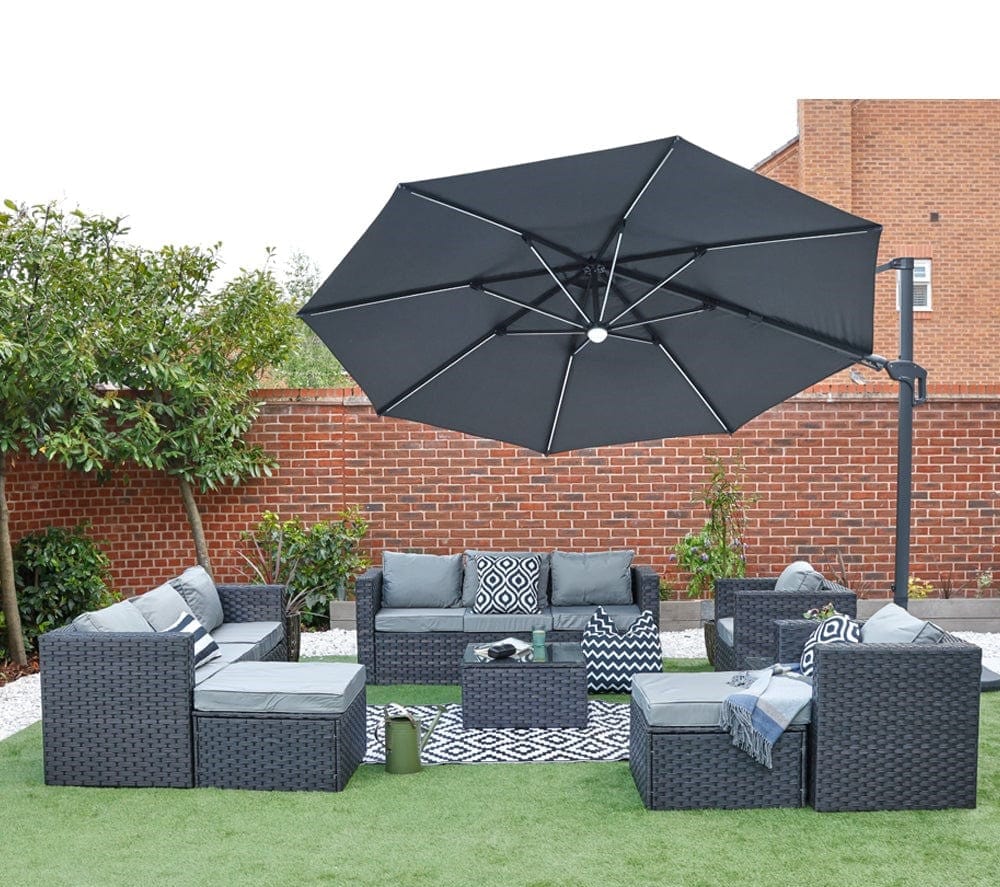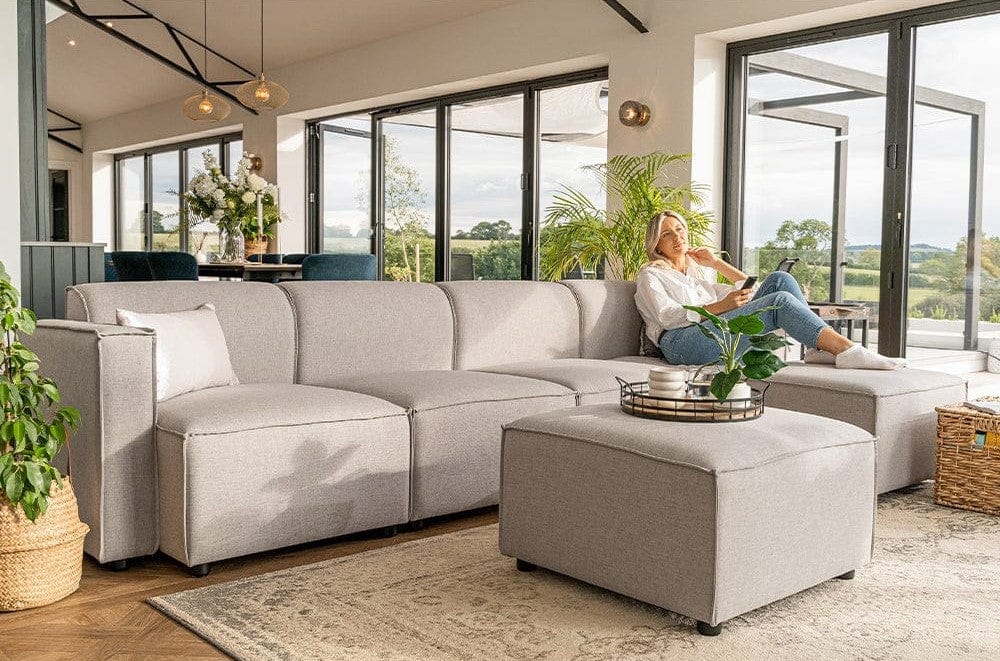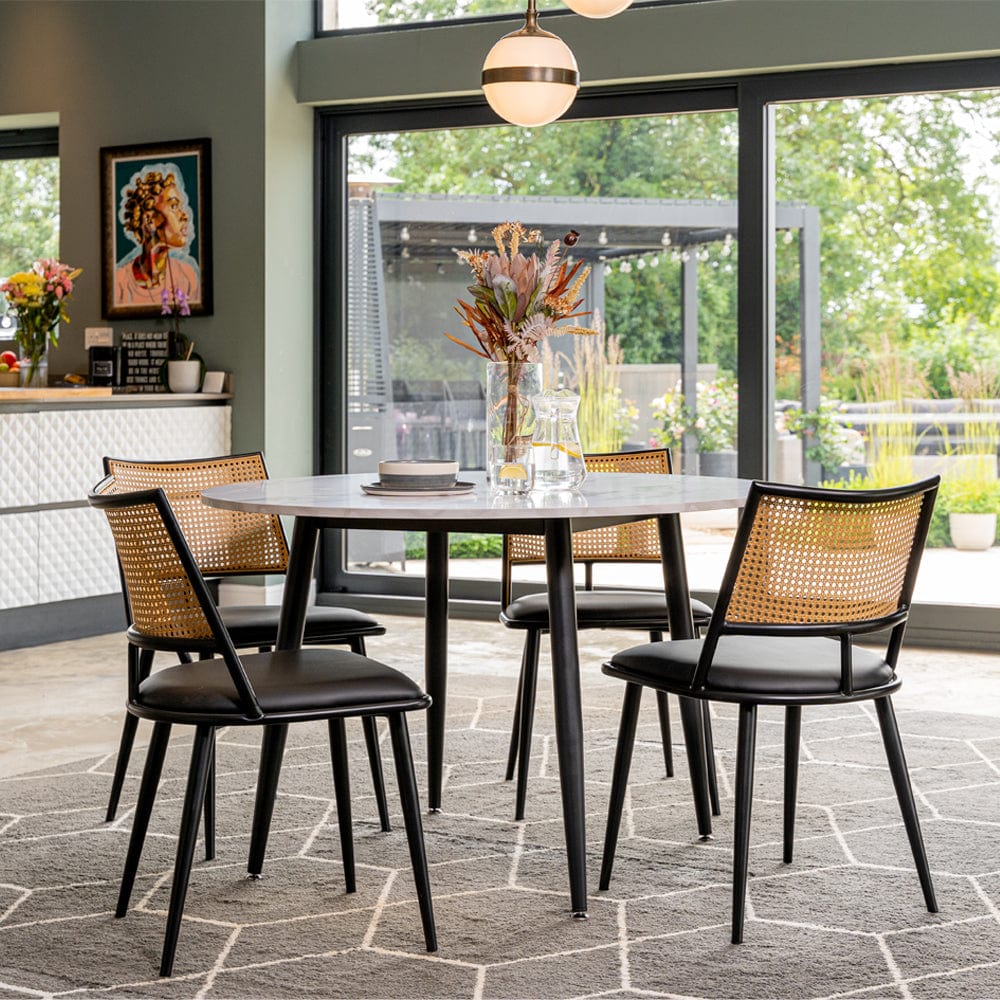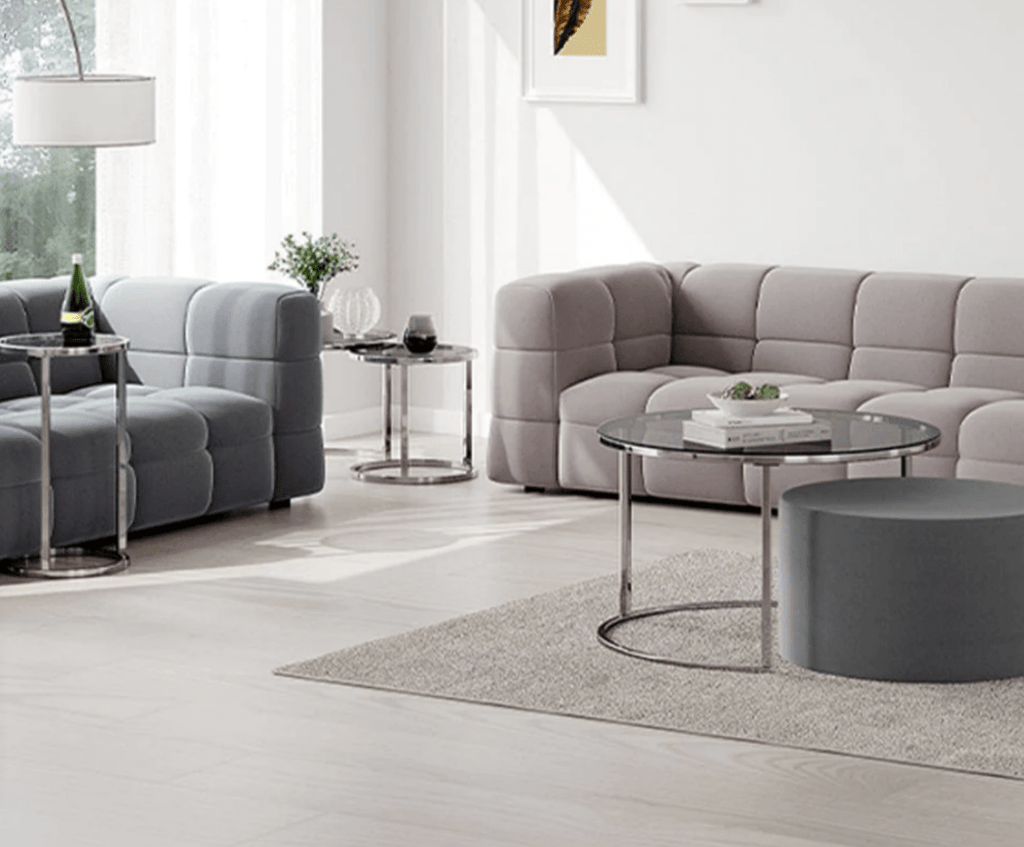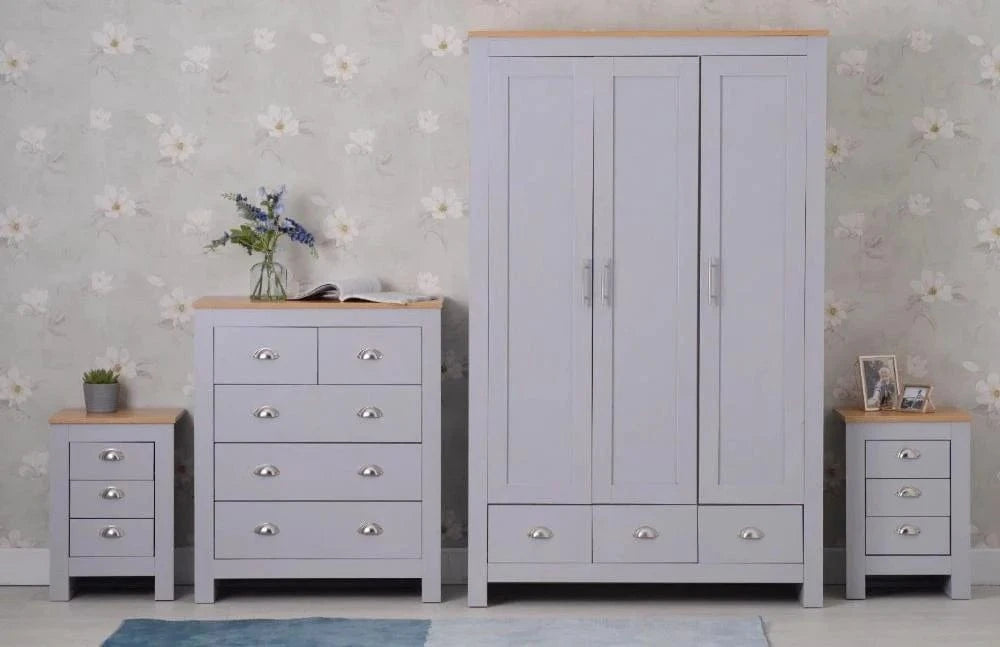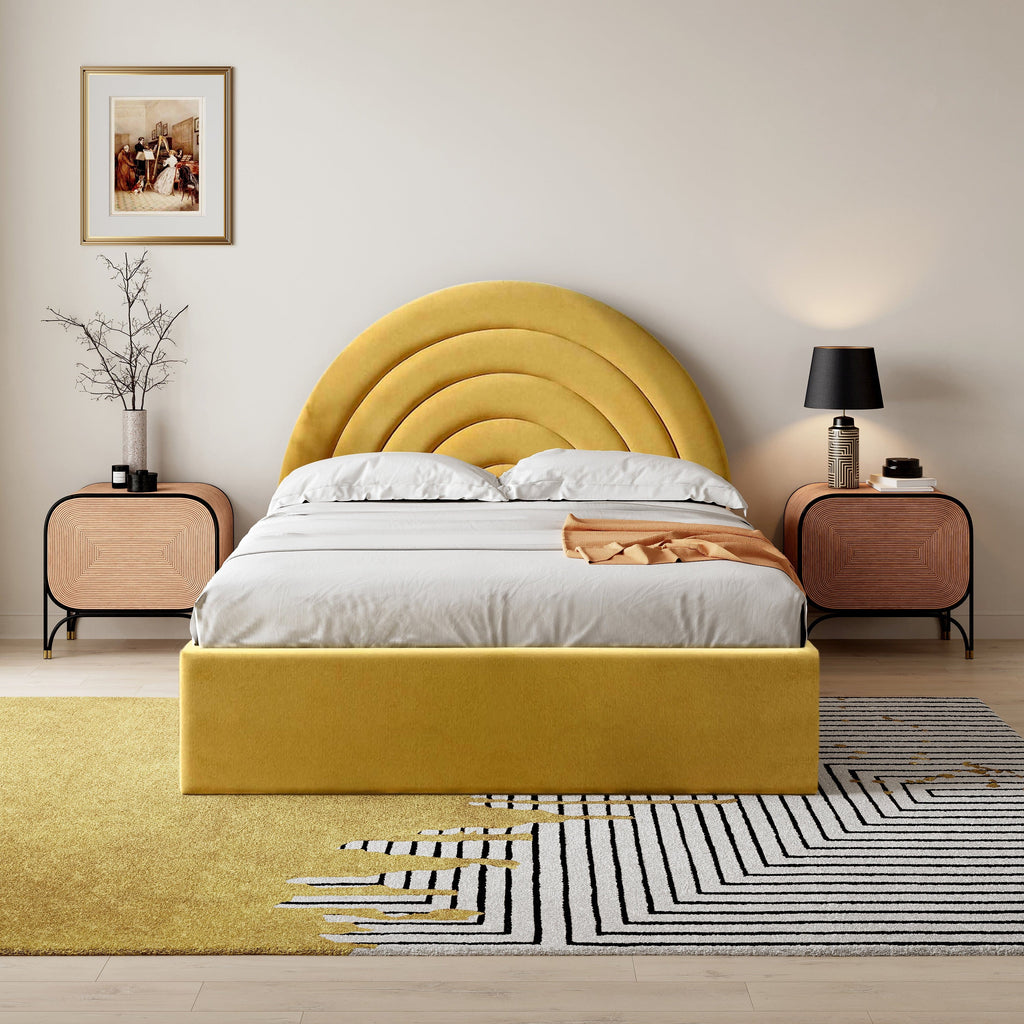How To Treat Cane Outdoor Furniture | Furniture Maxi
Keeping your cane furniture outdoors requires some specific care if you want your rattan or wicker furniture to withstand the elements. Failure to do so will only result in your cane furniture starting to look past its best by the time the year is over.
The problem with this furniture is the sheer number of crevices where mildew and water can set in. However, rest assured that we will guide you through how to correctly care and treat your cane outdoor furniture, so it will last for years to come.
But first, a little background.
Yes, Cane Furniture Can Be Outdoors
It may surprise you to hear that cane furniture, and all other varieties, can be outdoors. This form of furniture has actually been around since the 1660s, and considering it was initially developed in the Netherlands, England and France, the idea of it being outdoors may sound strange. However, thanks to correctly treating and preserving your furniture, the poor weather we can encounter should not be a problem.
Why We Need to Treat Cane Furniture
Correctly caring for your cane furniture makes sense. After all, you want to prolong its life as long as you can to allow you to continue to enjoy it for years to come.
But having cane furniture out there in direct sunlight, along with cold weather and drizzle, will mean the cane will start to effectively decay. You must remember that cane is a natural material, but it will become brittle if not treated.
Equipment
First, the equipment you will need to correctly treat your outdoor furniture is hardly extensive. However, it's important to have all of these items in place to complete the task at hand.
- A duster
- Soft cloth
- Toothbrush
- Two buckets
- Washing-up liquid
- Bleach (may not be used each time)
- Boiled linseed oil
- Varnish
This list is not too long, and there's a good chance you will already own most of these items.
Before Treating Your Cane Furniture
But prior to talking you through how to treat the furniture, you need to do one important step, and that's cleaning the item.
This is easy to do, and it shouldn't take you too long if you have been correctly caring for your rattan furniture throughout the year.
To clean your cane furniture, begin by brushing, starting off at the top and working your way down. Don't be afraid to take out the toothbrush and get into all those corners and between the weave of the furniture.
Use the brush attachment on your vacuum cleaner to get into the corners, but you should find a soft brush and damp cloth is capable of removing most of the dirt and grime.
Wipe the furniture with some warm water, and consider mixing in some mild detergent to remove marks and stains. However, make sure you rinse off the suds and allow it to air dry.
How to Treat Your Cane Outdoor Furniture
So, you have cleaned and prepared your furniture, and it's not ready for the treatment process to begin. To do this, you will require only a few items, and the entire process will not take long to complete.
Also, refer back to the list of equipment we mentioned earlier as you will end up using most of the items.
Prepping Your Furniture
Now, when we talk about prepping your cane furniture, what we mean is getting it ready for treating it. We have already mentioned the need to clean the furniture in advance, so you should have already completed this step before you get to treating it.
Now, this applies no matter if you are talking about a single cane chair, or cane seats. The same furniture care tips apply across the board.
1. Double Check for Dirt
The first step is to just double check for any missed dirt. Natural wicker woven together creates a number of holes and areas where dirt can sit, and removing it is important as the lacquer you will apply needs to sit right on the cane rather than dirt.
2. Check for Damage
The next step is to check for any structural damage to the chair. This is the time to then repair anything that is broken.
3. Remove Old Stains
If you have furniture that has previously been stained with varnish, then you need to break through that layer to allow the new treatment to adhere to the furniture.
Use some light sandpaper, around 220 grit is fine, and lightly sand. After that, use a brush with a soft bristle to remove the build up. You may need to rinse the furniture down with your garden hose to remove all of that dust and old varnish. If you do, allow it to dry thoroughly.
4. Add the Varnish or Sealant
In order to apply the sealant, you should consider turning the furniture up side down and position it to allow you to get to all of the tougher parts of the furniture. Thoroughly stir the sealant and then apply a thin coat in a controlled manner.
This approach of turning it upside down may not be for everyone though. It does make sense to do the underside first since the sealant will run through the cracks and into the more visible areas. It then gives you the opportunity to deal with those runs when adding the sealant to the top of the furniture.
After that, you are advised to start at the top and work your way down. Do not apply too much sealant to your brush at any given time. That will only increase the chances of it running and causing a mess. Make sure you get into the weave or the weather will find those weak spots.
5. Allow it to Dry
The final step is to allow it to dry. Exactly how long this will take depends on the product you are using, but it will take several hours. Make sure the furniture is in a dry spot.
After it has dried, inspect it closely to see if you have missed any spots. However, if you painted the furniture in a methodical manner, then this should not be a problem.
Ongoing Care and Maintenance Tips
Treating your outdoor furniture is easy, but it does require some ongoing care to keep things looking perfect.
Cleaning is an essential part of maintenance. Clean wicker is not going to break or develop mildew if you keep on top of dirt and dust. We aren't saying you need to wash with soapy water every week, but dusting and brushing the furniture weekly is important.
Another tip is to consider using boiled linseed oil to help with continuing to care for your cane furniture. You can buy boiled linseed oil at a DIY store, and applying it even once a year can make a huge difference to how your wicker furniture will survive through the winter.
But that's not the only thing to consider when it comes to winter.
After Treating
Once everything is done, the best advice we can give is to buy furniture covers that will protect your furniture set from the elements when not in use. Not only will it protect the natural fibers used in the construction of the furniture, but it will increase the lifespan of the furniture as well.
Outdoor wicker furniture, and we include natural rattan in this as well, does not cope well with being exposed to poor weather for an extended period of time. Patio furniture is delicate and needs cared for correctly. Even synthetic rattan garden furniture requires protection, so do invest in an adequate cover if you want to continue enjoying your furniture for years.
And that is how you treat cane outdoor furniture. This is certainly something you need to do with outdoor furniture, as the weather conditions will take their toll if not careful. A failure to do so will only lead to your furniture starting to look worse for ware, when it was entirely avoidable.
